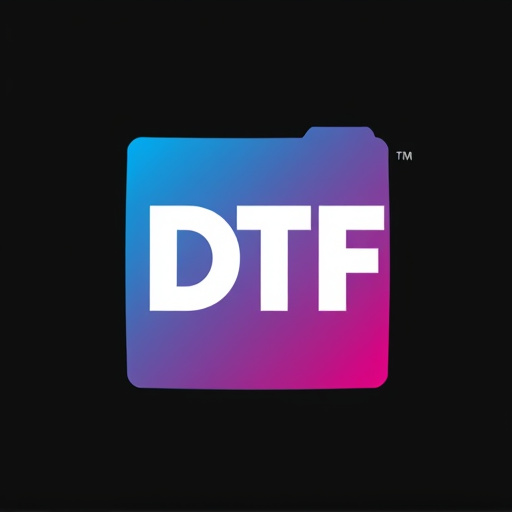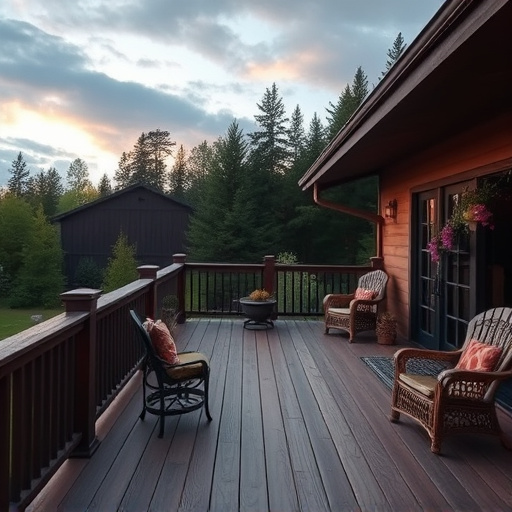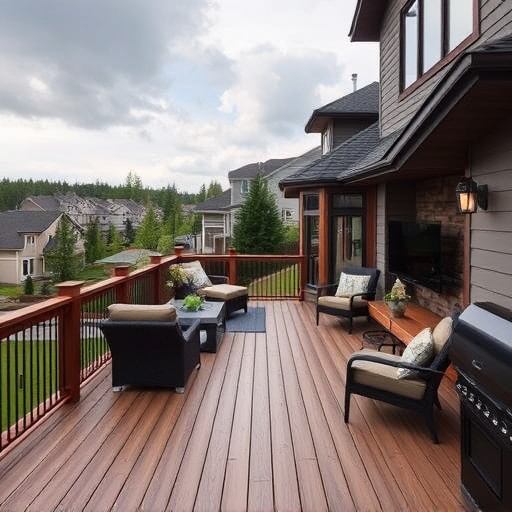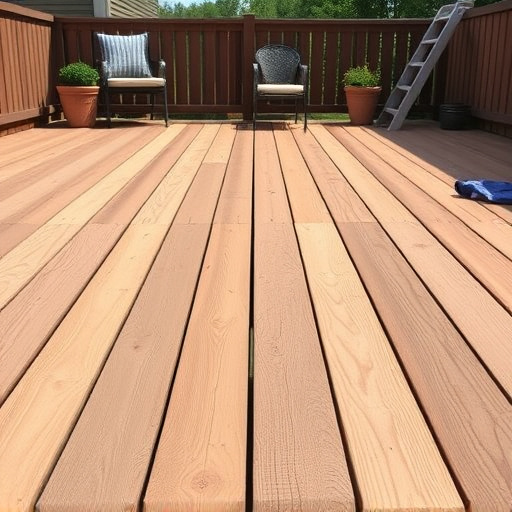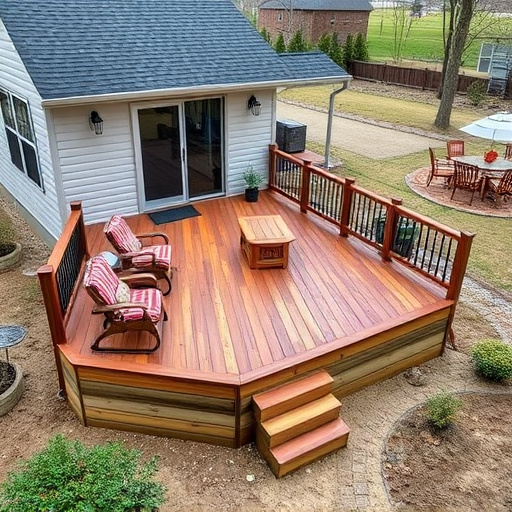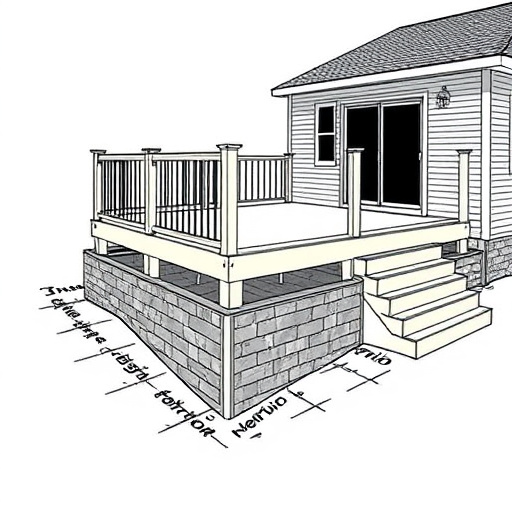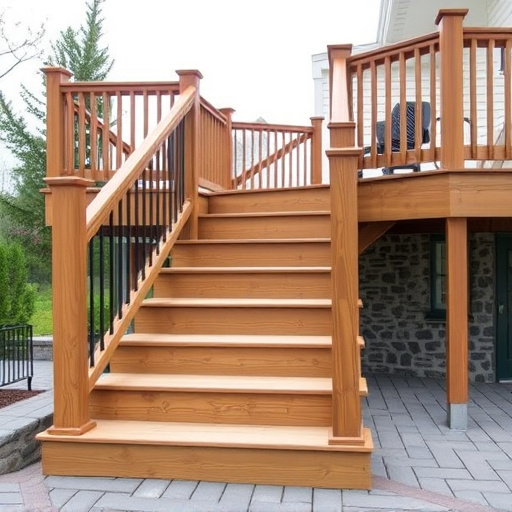“Looking to transform your outdoor space with a new deck but overwhelmed by the budget? Effective deck planning is key. This guide navigates the budgeting process, helping you understand the costs of various components and local market prices. Learn how to define your project scope, allocate funds for unforeseen expenses, and explore DIY options for significant savings. Get ready to create your dream deck on a budget!”
- Understanding Your Deck's Cost
- – Identifying deck components and their average costs
- – Researching local labor rates and material prices
Understanding Your Deck's Cost

When embarking on a deck planning process, understanding your expected costs is paramount. The first step in achieving this clarity involves assessing the scope of your project. Consider factors such as the size and layout of your deck, material choices (wood, composite, etc.), and any additional features like railings or built-in seating. These elements significantly influence both the materials and labor required for construction.
Furthermore, don’t overlook potential hidden costs associated with exterior home improvements, such as siding replacement or roofing repairs, which might be necessary to ensure your deck’s structural integrity and aesthetic appeal. A thorough budget plan should also factor in contingencies to accommodate unforeseen expenses, ensuring a smoother transition throughout the deck planning process.
– Identifying deck components and their average costs
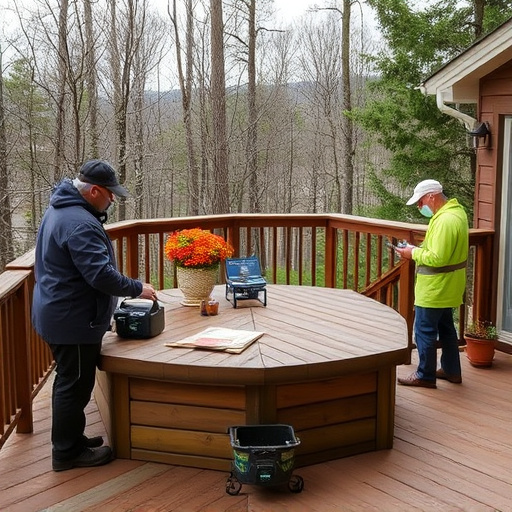
When planning your deck, the first step is to identify all the essential components. This includes structural elements like frames, joists, and decking boards, which vary in cost based on material choices—wood, composite, or vinyl. Also, consider additional features such as railings, stairs, and built-in seating, each with its average price points.
Deck planning also involves budgeting for installation costs, which include labor and materials for roofing and siding repairs if necessary. Professional decking installers can provide estimates based on the size and complexity of your project. Remember to inquire about the cost of permits and any potential taxes or fees associated with deck construction in your area, ensuring a comprehensive budget plan for your dream deck.
– Researching local labor rates and material prices
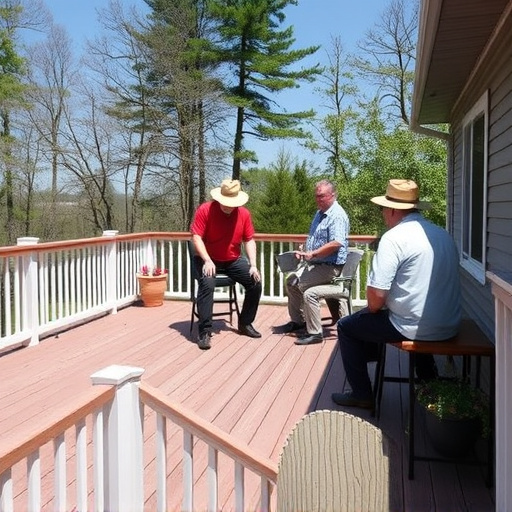
When embarking on your deck planning process, understanding local labor rates and material prices is paramount to creating a realistic budget. Researching these factors ensures that your expectations are aligned with the current market dynamics. Local construction costs can vary significantly based on factors like competition, demand, and regional differences in availability of materials. This research allows you to make informed decisions about allocating funds for skilled labor, premium materials, or even explore cost-effective alternatives without compromising quality.
Moreover, considering pricing for roofing solutions and commercial siding alongside deck planning is strategic. These elements often interact with your deck—for instance, proper roofing can protect the structure from weather damage while high-quality siding enhances aesthetics and insulation. By integrating these considerations into your initial budget, you avoid surprises later in the project and ensure a seamless transition from planning to execution.
As you’ve explored budgeting tips for your deck planning process, remember that informed decision-making is key. By understanding your deck’s components, local costs, and staying vigilant with research, you’re well on your way to creating a beautiful outdoor space without breaking the bank. Happy planning!






